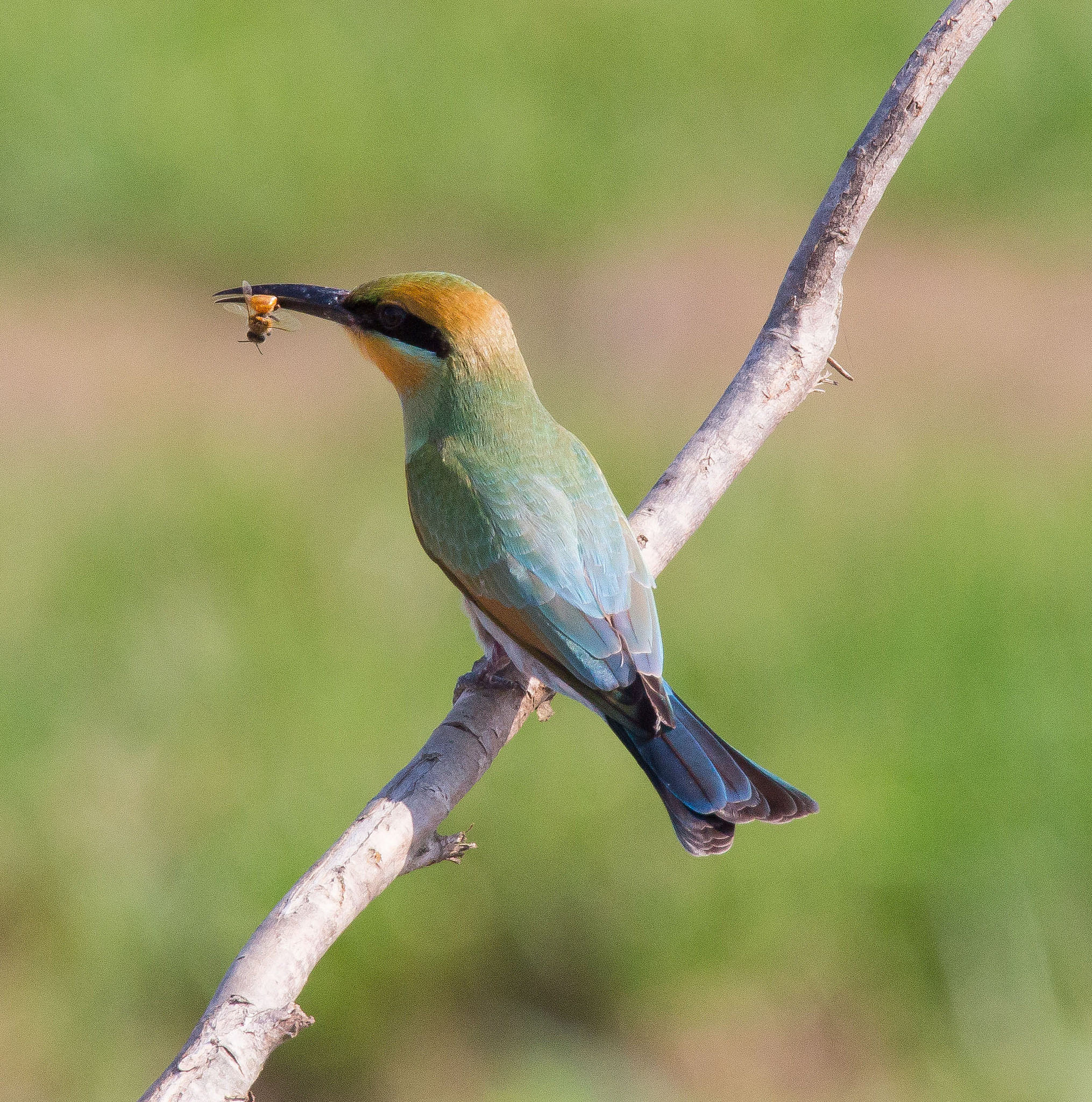The National Bee Pest Surveillance Program
Honeybees are extremely valuable, not only for the production of Australian honey, but also to farmers who rely on honeybees to pollinate commercial crops. A number of efforts are being made to ward off the threat of other introduced bee species or bee parasites, such as the potentially catastrophic varroa mite. But how can you stop the introduction of such pests?
Enter the National Bee Pest Surveillance Program, an early-detection system to identify incursions of exotic bee pests and pest bees in support of Australia's beekeeping and agricultural industries.
The program is primarily composed of ‘sentinel hives’—hives of typical commercial honeybees (European honeybees—Apis mellifera) of known health status located at various high-risk locations throughout Australia, usually around shipping and airports. These hives are thoroughly surveyed every few months to identify the existence of any exotic pests. Surveying activities include testing the hives for the presence of pest mites that pose significant risk, such as Varroa and Tropilaelaps, and sample bees for dissections to identify the presence of tracheal mites.
The program also uses remote catch-boxes—empty bee hives that attract swarming colonies—again positioned around high-risk areas, that may also help detect invading bee species or newly arrived European honeybees that could be bringing in a mite or other pest. Some of these boxes have a mobile phone installed (with a solar panel and camera) that provides surveillance of the hive, along with a remotely controlled lid to keep the colony contained until sampling can be carried out.
The program is complemented by hobby beekeepers in high-risk areas who complete regular surveys and checks of their hives for mites and other pests. Manual netting is also used to detect species of pest bees that aren’t easily detected by the catch-boxes (such as the Asian honeybee—Apis cerana).
Most recently, the rainbow bee-eater (Merops ornatus) has provided another effective detection method for introduced bee species. The colourful bird eats hundreds of bees daily and regurgitates pellets of what it cannot digest—including the bees' wing-parts. These pellets can be tested to identify whether any pest species of bees are within the bird’s feeding area, which was done by Biosecurity Queensland in response to a detection of Asian honeybee in mid-2016 infested with the Varroa jacobsoni mite.
Significant control measures are being implemented as the mite presents a risk to Australian industry, potentially leading to broad honeybee population losses. Fortunately, the control measures appear to have been successful with no further detections of the varroa mite since July 2016.






